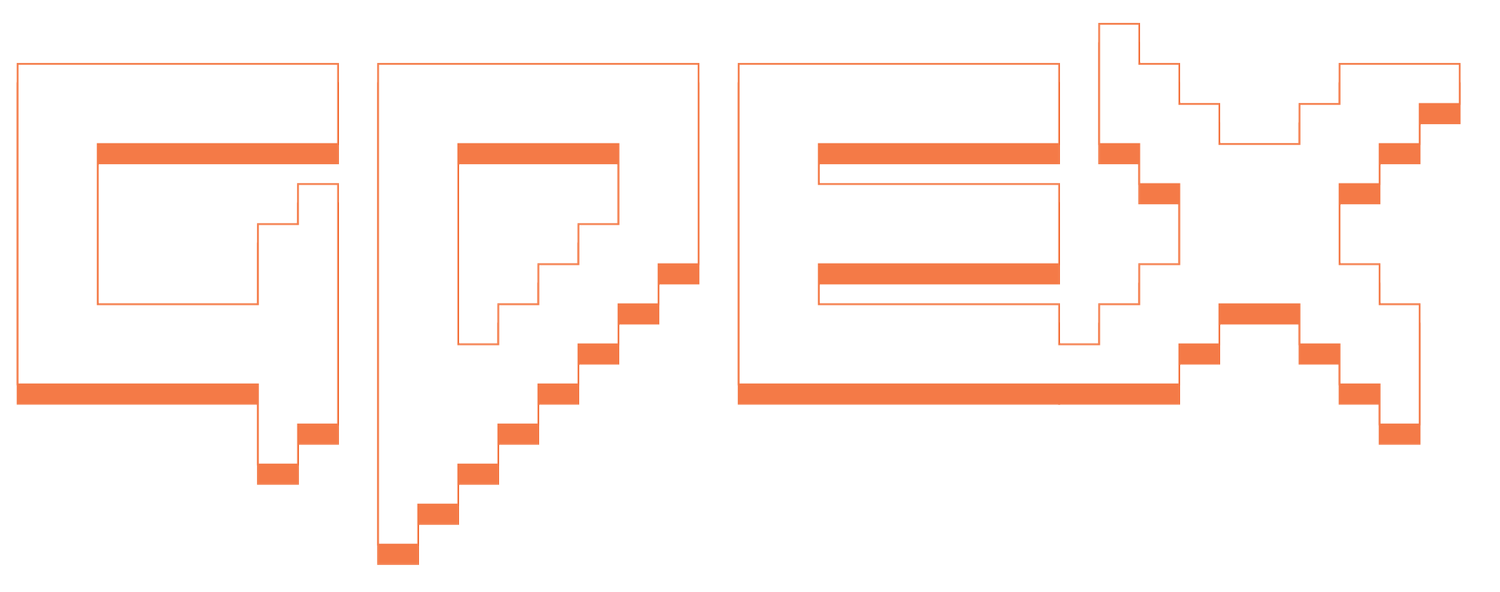Joshua Antolovic
Josh is a designer and artist with work centered on video games and natural systems. After working in architecture for six years, working on performing-arts centers, public libraries, and private residences, he pivoted toward interactive media to explore how ecological thinking can enrich video game worlds. Nature has been the consistent thread throughout his creative practice. His architecture projects always featured light wells with plants. His artwork focuses so intensely on natural subjects that horizon lines rarely appear, as if he's solely examining the ground. Now pursuing his MFA in Design, he continues integrating nature into human experience through technology. He works fluidly across interaction, experience, and new-media design, equally comfortable prototyping mixed-reality installations and programming complex systems. This systems-oriented mindset shapes his approach to video games, which he views as powerful spaces for experimenting with social relationships through the seamless integration of narrative, visuals, audio, and interaction. Josh's current thesis research focuses on developing methods that allow digital natural environments to behave as active agents through emergent systems, creating a methodology for bringing more life to natural environments in games so they can function as actors rather than backdrops. His work contributes to an emerging field examining how digital spaces reflect the complexity of living systems. When not designing, Josh can be found working on video game prototypes, taking his dog to the park, or getting carried away in the garden.
Instagram: @josh.antolovic
GDEX 2025 Session: Rethinking video game natural environments through algorithmic descriptions | Natural environments in video games can function as dynamic, complex systems. When treated as true ecosystems, these environments transform from backdrop to character, offering players opportunities to develop novel relationships with them. Most algorithms have been designed to make digital nature visually appealing or to create gaming experiences where players profit through simplified agricultural systems featuring no environmental consequences. These algorithms reflect traditional human-centered narratives that treat environments as backdrops and infinite resources. In response, I will share a method I have developed called 'Non-Human Algorithmic Personas & System Mapping.' This method prioritizes representing natural processes across multiple temporal scales, from rapid biological changes to slow geological transformations. Through this design approach, new opportunities emerge for players to center gameplay around the environment while engaging with ecological phenomena. We will examine traditional methods of creating digital nature, explore this new method through prototypes and diagrams, and consider the benefits of making the environment a dynamic character.
